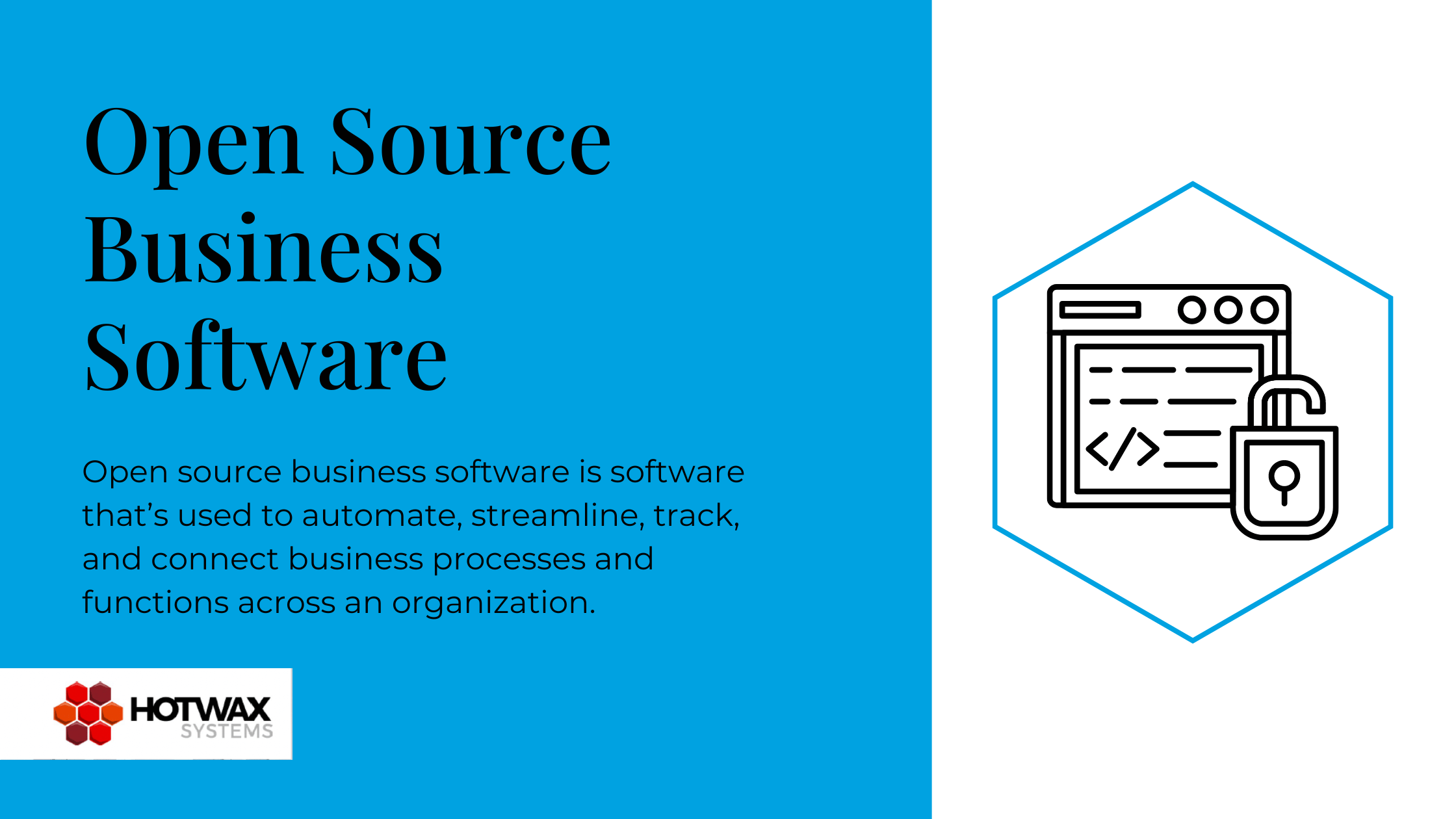What is PIM software?
Product Information Management (PIM) software is a software solution designed to centralize and streamline the management of product data and information within an organization. It acts as a single source of truth for product information that allows businesses to efficiently create, update, and distribute product data across various channels and touchpoints.
At its core, PIM software helps businesses organize and enrich their product information like attributes, images, descriptions, and pricing. This centralized repository ensures consistency and accuracy in product data and reduces errors and redundancies. PIM systems empower organizations to adapt to rapidly changing market demands, comply with industry regulations, and deliver a superior customer experience.
Benefits of PIM software
The benefits of PIM software are many, but some core ones include:
1. Enhanced data quality and consistency
PIM software enables businesses to maintain high data quality and consistency across all product information. It ensures that accurate and up to date information is readily available to both internal teams and customers in order to reduce the risk of data errors and inconsistencies.
2. Improved time to market
Efficient product data management reduces the time it takes to introduce new products or make changes to existing ones. With PIM software, businesses can respond quickly to market trends, internal changes and new customer demands, which in turn frees up time in departments like operations, customer service and marketing.
3. Multi channel distribution
PIM software allows for seamless distribution of product information across various sales channels, including ecommerce websites and digital marketplaces. This omnichannel approach enhances customer engagement and reach, boosts sales and creates a smooth, efficient information distribution process for the whole organization.
4. Compliance and data security
PIM software helps organizations adhere to industry regulations and standards by ensuring data accuracy and security. It can provide audit trails and access controls to safeguard sensitive product information.
5. Enhanced customer experience
By providing consistent and detailed product information, PIM software contributes to an improved customer experience. Shoppers can make informed purchasing decisions that in turn leads to higher customer satisfaction and loyalty.
.png?width=700&height=525&name=Marketing%20and%20Sales%20Graph%20(4).png)
Typical features found in PIM software
PIM software consists of several modules that work together to manage product information effectively. These modules may include:
1. Data import and integration
This facilitates the import of product data from various sources, such as suppliers, manufacturers, and internal databases so that the PIM system is always up to date.
2. Product data enrichment
Enrichment tools enable users to enhance product data by adding attributes, images, translations, and other relevant information. They also help identify and rectify errors and inconsistencies.
3. Product categorization
This feature enables businesses to accurately categorize products in a systematic way that makes it easier for customers to search and browse product catalogs.
4. Digital asset management
This allows the storage and management of images, videos, and other media assets associated with products, and ensures that visual content is readily available for marketing and sales efforts.
5. Workflow management
This module enables businesses to establish approved workflows for product data that help ensure smooth, efficient and automated processes.
6. Central database
PIM software allows for the centralization of all product data that can be easily accessed by everyone in the organization who needs it.
PIM vs. catalog management software
While PIM and catalog management software both deal with product information, they serve different purposes.
PIM software:
- Focuses on centralizing and managing all product information
- Supports multi channel distribution
- Incorporates all product data into a centralized database
- Manages all aspects of product information
Catalog management software:
- Primarily focuses on creating and publishing product catalogs
- More focused on product content
- Not as comprehensive as PIM software
- Suited for businesses primarily concerned with print or digital catalog creation
.png?width=700&height=525&name=Marketing%20and%20Sales%20Graph%20(2).png)
Open source vs. proprietary PIM software
Choosing between open source and proprietary PIM software is a critical decision for every business looking to augment their software lineup, and each has its own advantages.
Open source PIM software:
- Provides access to innovation due to its open source nature.
- Offers enhanced flexibility for system customization.
- Will grow with the company.
- Can be integrated with both open source and proprietary systems.
- Has a dedicated community of support.
- Can be more cost effective as there are no licensing fees.
Proprietary PIM software:
- Comes with vendor-supplied customer support and training.
- Convenient, out of the box nature.
- Requires ongoing license fees.
- Good solution for companies that don’t require any customization.
How to select the right PIM software
Selecting the right PIM software for your business involves careful consideration of various factors:
1. Identify your needs
Determine your specific requirements, including data volume, user roles, integration needs, and scalability.
2. Budget considerations
Remember to evaluate the total cost of ownership, including licensing fees, implementation costs, and ongoing maintenance.
3. Scalability and future growth
Choose a PIM solution that can grow with your business and adapt to any changing business needs.
4. Integration capabilities
Ensure that the PIM software can seamlessly integrate with your existing systems, such as ecommerce platforms and ERP.
5. Usability and training
Consider the user-friendliness of the software and the availability of training and support resources available to you. This will vary depending on the solution you choose and whether you’re working with a vendor or service provider.
6. Vendor reputation
Research the reputation and track record of the PIM software vendor/ open source service provider you’re considering.
.png?width=700&height=525&name=Marketing%20and%20Sales%20Graph%20(3).png)
Conclusion
In the ever-evolving landscape of ecommerce and digital business, having a robust product information management solution is no longer a luxury but a necessity.
As you embark on your PIM software journey, remember that the right choice depends on your unique business needs, budget, and scalability requirements. Whether you opt for custom, open source solutions like Apache OFBiz or proprietary software, the key is to centralize, enrich, and distribute your product information efficiently to stay competitive in the digital age.






